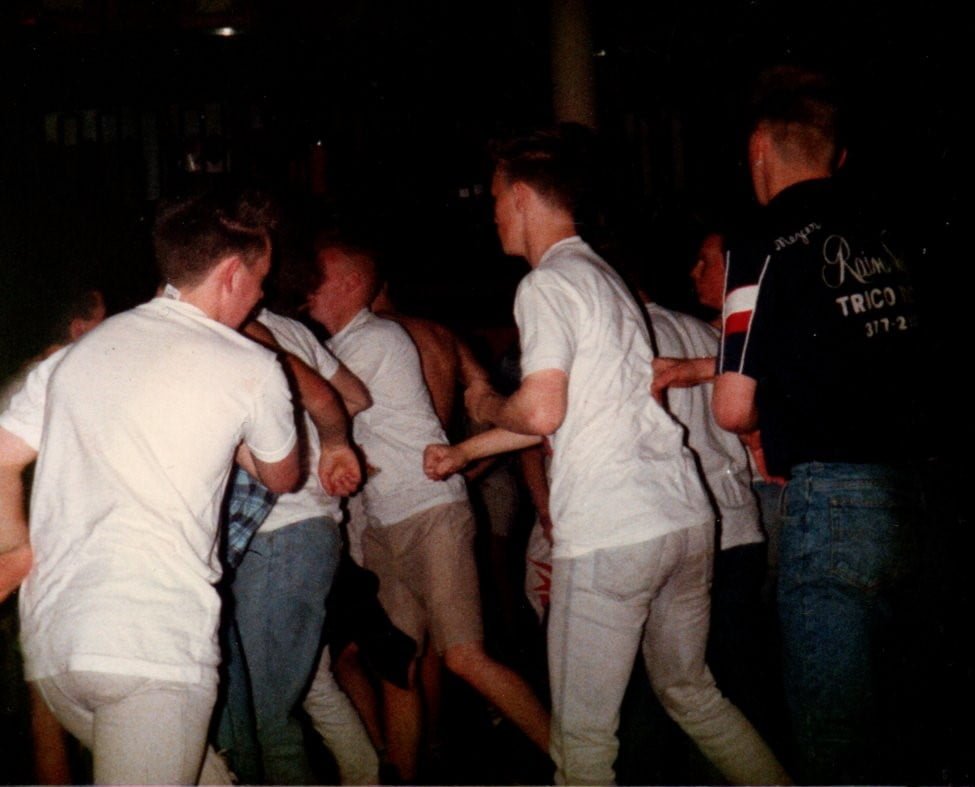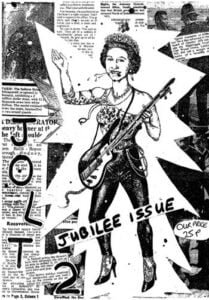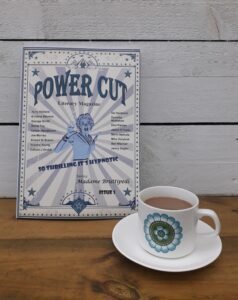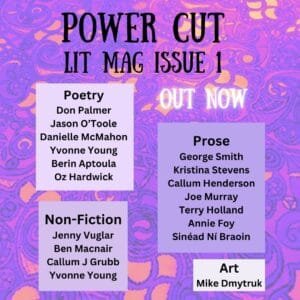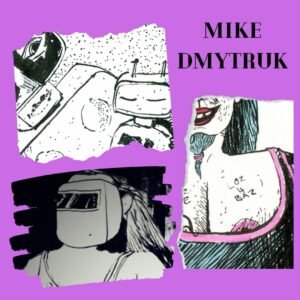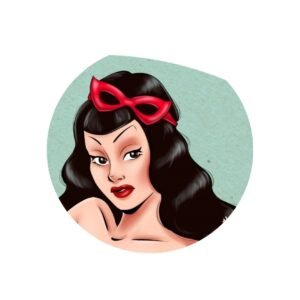“What struck me as I wandered through the exhibition was how widespread and significant photomontage and collage are in women’s art”
A woven red Double Labia; images of a stoical women dressed up as a cooker or a washing machine; disorientating screams on constant loop and visceral photographs of a punk performing in a meat dress long before Lady Gaga entered the stage. Where was I? The Women in Revolt! Art & Activism UK 1970-1990 exhibition in Edinburgh.
What struck me as I wandered through the exhibition was how widespread and significant photomontage and collage are in women’s art: from the visual art of Linder Sterling (meat dress provocateur), and Gee Vaucher – to the feminist zines of Lucy Whitman (aka Lucy Toothpaste), and the Riot grrrl movement of the 1990s.
Collage and Counterculture
Photomontage and collage have long been associated with counterculture movements, from the Dadaists to punk, due to its anti-establishment aesthetic. Hannah Hӧch was the only female artist included in the Dada movement (Lady Dada) and seen as a pioneer of the photomontage style, her most famous work being, Cut with the Kitchen Knife Dada Through the Last Weimar Beer-Belly Cultural Epoch in Germany, 1919; a commentary on Weimar Germany’s culture and politics. While Jamie Reid’s God Save the Queen image is the most iconic and enduring of the punk movement other – female – artists, were producing, arguably, more subversive and provocative work such as Gee Vaucher’s artwork for Crass and Linder Sterling’s art for the sleeve of The Buzzcocks’ single, Orgasm Addict.
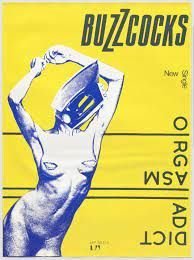
Photomontage and collage were low-tech; usually cutting and pasting from mediums that were classed as disposable or without great value e.g. used newspapers and magazines, and most importantly it was DIY – the antithesis to the slick chimera sold by brands and corporations. Indeed, many of the artists used the branding and adverts of these corporations in their work, subverting and reworking them as satire and parody. This approach is now commonplace, and in 2012 the artist collective Brandalism was formed.
However, the roots and significance of the female relationship with collage and pastiche is much older than the relatively new commentary and rejection of consumer society.
Women’s Crafts and Scraps
Although scrapbooking as a practice can be traced back to medieval times, the modern scrapbooking movement grew in popularity in the US in the 1980s/90s. The essence of scrapbooking is to document memories and stories about your life. It not only combines journaling and photographic imagery but offers sensory appeal with tactile fabrics and even fragrant dried flowers; clippings of recipes, cards, tickets and invitations can be included also. Scrapbooking is about taking, often disparate, snapshots in time and curating them into a comprehensive and united narrative.
This idea of taking scraps to create one comprehensive story is seen over and over in female art and craft; quilting and patchwork for instance, or weaving – the patterns of different countries each telling different stories. In her experimental weavings, Sheila Hicks blurs the distinction between craft and fine art, and uses a variety of materials such as shoelaces, elastic bands, shirt collars and even transparent noodles. Miriam Shapiro also blurred this line and coined the phrase ‘femmage’ – a combination of feminine and collage – and often used materials such as lace, thread and chintz. This highlights the significance in female art of the relationship between environment and materials; often there was no separation between home and art – art had to be made from the ‘scraps’ of domestic life.

“The collagists who came before me were men, who lived in cities, and often roamed the streets at night scavenging, collecting material, their junk, from urban spaces. My world, my mother’s and grandmother’s world, was a different one. The fabrics I used would be beautiful if sewed into clothes or draped against windows, made into pillows, or slipped over chairs. My ‘junk,’ my fabrics, allude to a particular universe, which I wish to make real, to represent.”
Miriam Shapiro, 1977
Women’s Time is Also Pieced Together in Scraps
By their very nature, scrapbooks, quilts, collage art and zines all have a fragmentary and dislocated aesthetic, it is what creates the art. However, this stitching together of segments is also a powerful visual metaphor of how women experience time.
Rigid structure in the arts is often seen as a male characteristic, whereas collage is chaotic, often contradictory, with several themes or ideas jostling for prominence. And this reflects women’s lives – pulled in several directions at once by competing demands and traditional roles; mother, wife, homemaker, employee and often carer. The disjointed nature emulating the scraps of time stolen and stitched together to hold and carry the work.
Zines and Power Cut
“with nothing to lose – it was able to take risks, to shock and to provoke.”
The Women in Revolt! Exhibition has many feminist zines on display, one of the most influential contributors being Lucy Whitman. In 1977, Whitman created JOLT a ‘feminist, anti-racist, anti-fascist punk fanzine’. JOLT contains all the elements of the anti-establishmentarian collage aesthetic – it is very much DIY (often handwritten), it has a ‘scrapbook’ like quality with bits taken from disparate sources and glued together. It subverts the expectations we have of the images and deconstructs cultural and social purviews. There is something deeply truthful about JOLT – and with nothing to lose – it was able to take risks, to shock and to provoke.
I’d like to think that Power Cut maintains a bit of this spirit and ethos. With a budget of zero, our logo was created in the collage tradition with scissors, glue, wallpaper remnants and poster paints.
And although the magazine isn’t literally a photomontage or cut and paste job like JOLT or Sniffing Glue; it doesn’t adhere to the traditional literary magazine format, but rather cuts and pastes across form and genre bringing in humour and satire, visual art and commentary to prod and poke at what a literary magazine is or should be.
If you enjoyed reading this and would like to support us, please consider buying a magazine or a bibliotherapy prescription from Madame Bruttipedi.
